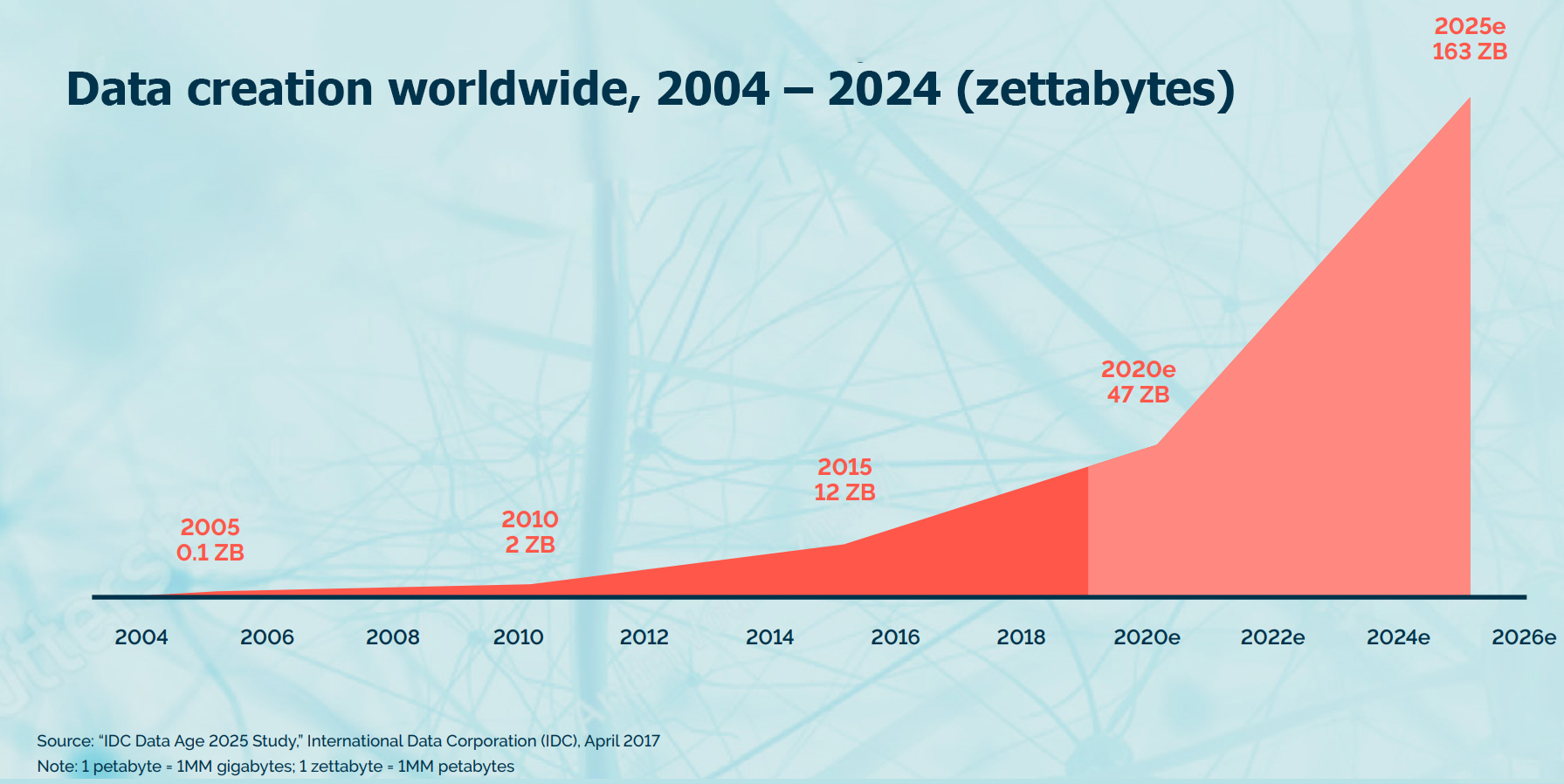In a study conducted with Neuro-Insight to research the impact of suitable and unsuitable content on consumer ad perception, we found that ads, regardless of the message or brand, seen in a high quality context are more memorable. Content in high quality websites is 30% more likely to transfer from short-term memory to long-term memory, offering a more conducive environment for brand recall. One of the main goals of an ad campaign should be to encode the memory of the consumer in the long-term, driving decision making and purchase intent.
Content consumption and memory
Technology acts as a storage bank for our memories by giving us a quick tool to recall information; but it also fundamentally impacts how we take in new information. While our long-term memory has almost unlimited space, our short-term memory has limited storage that at any point could easily be lost. A break in our attention, for example, could spark the loss of a short-term memory from our minds. With the vast amount of digital content consumers are taking in everyday, attention is hard to keep. According to eMarketer, by 2021 people in the US will spend nearly four hours on their mobile phones a day, with 90% of that time being spent on mobile apps.
Content is being created at an unprecedented rate worldwide. It continues to be driven by widespread smartphone adoption and on-the-go media consumption.
In Nicholas Carr’s book, “The Shallows: What the Internet Is Doing to Our Brains,” he explains the current media environment. Consumers scroll, multitask, and read content cursorily now more than ever. Vast amounts of information are flowing into our “working memory.” Psychologists refer to this as our cognitive load. If the amount of data flowing into our memory exceeds our mind’s ability to process it, our brains are unable to store and retain that information.
If your ads break through the everyday clutter and catch consumers’ attention in a brand safe environment, then you will help the brain to better process your ad, retain its information, and draw connections with other memories. It’s your job to make memory encoding easier for your consumer and create that moment of brand breakthrough.
The Baker-baker paradox
Ads must be seen, not just served, and they must fit within a greater relative context to drive impact. A memory hack, known as the Baker-baker Paradox, proves we retain more information when it is relayed to us within a larger context. In an experiment to test this theory, two groups were shown a picture of a man. Group A was told the man’s last name was Baker, Group B was told he was a baker. When asked to recall their memory of the man, Group B was more likely to remember details of the man, and the term “baker.” Identifying a larger story around this man, in this case his profession, strengthened participants’ memory of him.
Consumers are more likely to recall a brand or an ad that is given a larger story. This larger story is built from a variety of factors: ad creatives, messaging, platform, environment, etc. The placement of ads becomes increasingly crucial when defining a memorable context. In order for ads to encode into a consumer’s long-term memory, they need to appear on brand suitable and brand safe sites, ideally alongside content that aligns with their greater brand narrative.
Several factors are pinned against advertisers in their fight to stand out amongst the clutter. Increasing amounts of content have transformed the way consumers digest information, making it harder than ever for advertisers to create memorable impressions. In order to reach consumers and drive positive, long-term impressions, the brand environment must be taken into consideration as a part of the larger contextual story.
At IAS, our goal is to help your brand complete its story. When you work hard to launch a strong campaign, it is crucial to feel confident it is appearing where you want, in front of who you want, alongside content that enhances your message and most importantly, communicates your story in a way that’s most likely to be remembered.
To find out more information about our brand safety and brand suitability solution, click here.
 Share on LinkedIn
Share on LinkedIn Share on X
Share on X




